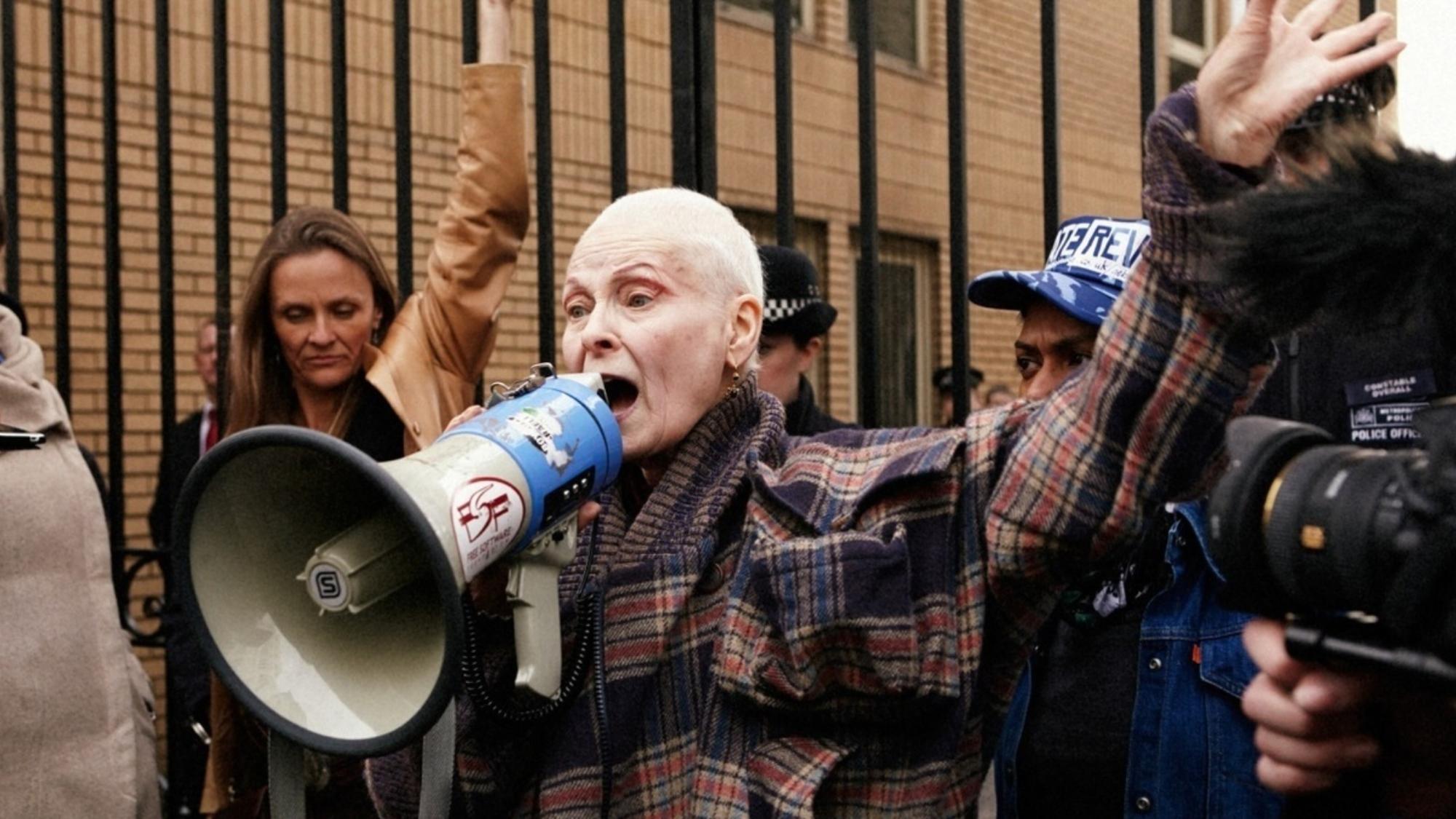After their 2010 exhibition Eco Fashion: Going Green proved a hit at the Museum at FIT, Jennifer Farley Gordon and Colleen Hill went deeper with their book Sustainable Fashion: Past, Present and Future in November of 2014. They wrote about repurposing and recycling methods that extend as far back as the 1700s and what we can and should be doing today, as well as issues like ethical animal treatment and fair labor. We all know by now that fast fashion is a problem in plenty of ways, but experts Gordon and Hill really hammer home the consequences of mass-produced clothing with the kind of hard facts that would make you back right out of your favorite High Street store. According to Hill, the average American throws away 82 pounds of textile waste each year, and most of those materials aren’t biodegradable. In other words, your great-great-great-great-great-granddaughter might be able to dig your H&M top out of a dump someday.
Where would you say we’re at with sustainability in fashion right now? Are we doing a good job? A horrible job?
The public is increasingly aware of the problems surrounding the production of fashion, which is a great start. Yet there are still many issues that need to be addressed, and on a much larger scale. We wouldn’t say things are horrible, but there’s still a long way to go!
Which brands and retailers are making important steps?
Fortunately, there are many labels to choose from. Some of our favorites are Alabama Chanin, Isoude by Kate Brierley, Organic by John Patrick, Carla Fernandez, and Bora Aksu. We’re both longtime fans of Vivienne Westwood and admire her campaign for climate change. People Tree is fantastic for discovering sustainable fashion from various designers at an affordable price point.
What are the biggest problem areas environmentally and ethically? What will it take to improve these?
There are myriad problems, but the mindset that clothing should be a cheap and disposable commodity is at the root of many issues. Inexpensive fashion is created using cheap materials, which tend to be the most damaging to the environment. The production of these clothes also relies on cheap labor, much of which is performed under incredibly unsafe working conditions. In spite of all the environmental and human impact involved in its production, clothing often has so little value that it is simply thrown away and ends up in landfills.
What will happen if the fashion industry continues on this course?
We will literally run out of resources!
Do you think some people still see “sustainable fashion” as something that’s a bit granola rather than high-end?
That’s not much of an issue today – designers working with sustainable fashion are aware of these prejudices and intentionally work to eliminate them. Currently, the cost of sustainable fashion is one of its largest impediments. We’re used to buying fashionable clothing at impossibly low prices, and it’s not always understood why we should be paying more.
Your book and your 2010 Museum at FIT exhibition went back in history to look at sustainable methods of clothing production. What surprised you?
The ubiquity of repurposed garments (clothes that were made from an existing piece of clothing or fabric) was surprising and incredibly interesting. The museum’s collection had many more of these objects than we’d imagined, and the way that fabric was reused was often really clever. For many years these types of garments have been overlooked in museum collections, because they were considered “inauthentic.” But they tell the story of just how valuable clothing was during the 18th and 19th centuries, and they provide an early model for sustainability – even if their repurposing was centered on economy rather than ecology. We feel that a deeper understanding of past fashion practices is crucial to our grasp of the present.
Where would you ideally like to see fashion in the next five or ten years?
We hope that in ten years we will be phasing out the fast fashion cycle that’s been an integral part of the way we perceive and purchase clothing since the 1990s. The first step is to educate consumers. Understanding the implications behind the purchase of a $5 T-shirt is necessary to convincing consumers that an ethically made $30 T-shirt is worth its price. The recent film The True Cost was especially moving, and its approach was really effective. It included many interviews, including one with a factory worker in Bangladesh who struggles to support her daughter and fears for her safety at her job. For us, it was impossible to hear her story and not care about bringing change to the fashion industry.
Credits
Text Courtney Iseman
Photography Piczo
